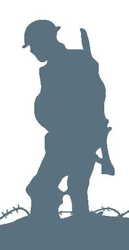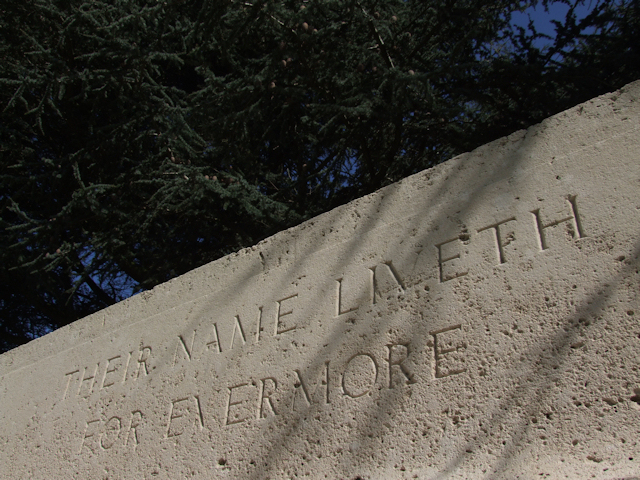Name
Albert Furr
Conflict
First World War
Date of Death / Age
Rank, Service Number & Service Details
Deck Hand
1118
Royal Naval Reserve
H.M.S. Balmoral
Awards: Service Medals/Honour Awards
Cemetery/Memorial: Name/Reference/Country
Headstone Inscription
Not Researched
UK & Other Memorials
Pirton School Memorial
Biography
Albert appears on the George appears on the School War Memorial, confirming that he attended the school. A search of the parish and census records suggests four possible men:
The first was born on September 24th 1882 to Eliza (Elizabeth) Sarah French. So if this is the right man he would have been thirty-one at the outbreak of war. Two years later, on May 24th 1884, Eliza married Charles Furr and it would seem that she was then commonly known as Sarah. A family tree provided by Bob Lawrence lists nine children: George (French, b 1882) and then his siblings or half-siblings named Furr; Charles (b 1884), Ethel (b 1886), Ellen Louisa (b 1888), Winifred (b 1898), Albert (b 1895), Frederick (b 1900), Zillah (b 1903) and Harry (b 1906).
If this is the George who served, then he and his brothers or half-brothers, Charles, Albert and Fred all served and, remarkably, all survived the war. Charles was awarded the Military Medal. This George married Cordelia and they are buried in St. Mary’s churchyard. George died in 1953, aged seventy and Cordelia in 1968, aged eighty-three.
The second possibility is the George French, born on February 3rd 1897 to Thomas and Alice French. This George would have been seventeen at the outbreak of war.
A third possibility was born circa 1883. The 1901 census records Emma Fanny French (daughter) and George (grandson) living with Frances French. It was originally assumed that George was Emma’s son, and another possibility, however Patti Salter revealed that was actually the son of Emma’s sister and is therefore listed above.
There seemed to be a fourth possibility; he was born around 1895 and was the son of William and Mary Ann Maria French (née Reynolds). So he would have been about nineteen at the outbreak of war, but it is likely that this George died in 1901, at the age of six.
Unfortunately, at this time, it is not known which of the first three is the man who served.
School War Memorial, confirming that he attended the school. Parish records suggest only one man of this name who could have served, and he was born on March 15th 1895 to Charles and Eliza Sarah Furr (née French), who seems to have been commonly known as Sarah.
A family tree, provided by Bob Lawrence, lists nine children: George (with the surname French, b 1882) and then his siblings or half-siblings named Furr; Charles (b 1884), Ethel (b 1886), Ellen Louisa (b 1888), Albert (b 1895), Winifred (b 1898), Frederick (b 1900), Zillah (b 1903) and Harry (b 1906), but by 1911 one had died. George and his brothers or half-brothers, Charles, Albert and Fred, all served and, remarkably, all survived the war. Charles was awarded the Military Medal.
The Parish Magazine of September 1915 records him as enlisting during 1915, but before August. Albert would have been nineteen. It also records that he was serving in the Royal Navy on H.M.S. Lark – a fact repeated in the Parish Magazine of June 1917. H.M.S. Lark was a modern destroyer launched in 1913. She served with the 3rd Destroyer Flotilla upon completion and then transferred to escort duties after 1917. However, this may be an error, or he may have changed ships, because in 1916 the North Herts Mail of June 15th reported that, as an Able Seaman, he was serving on the H.M.S Balmoral (it is possible that this should read H.M.S Balmoral Castle or H.M. Paddle Minesweeper ‘Balmoral Castle’) and that he had taken part in a naval battle (possibly the Battle of Jutland). He ‘took part in the recent naval battle in the North Sea and fortunately escaped injury. His boat was in the midst of the fighting, and he had the pleasure of seeing several shells from their guns hit the enemy vessels. His boat sustained some damage, but the men behaved splendidly, and were in their element when the danger was the greatest. He has been about four years in the Navy and this is not the first time he has been under fire. On previous occasions he has been wounded lightly twice. He agrees with the others that the Germans sustained heavy losses in the recent battle. He saw an enemy boat of the Kaiser class sink, and others were also in a sad plight towards the end of the action. He is a keen sailor and formerly was in the merchant service.’
By 1918, he was recorded as S.D. (possibly Special Duties) 1118 Deck Hand, Royal Naval Reserve on H.M.S. Balmoral, with his home address as Dead Horse Lane (now Royal Oak Lane).
Acknowledgments
Text from the book ‘The Pride of Pirton’ by Jonty Wild, Tony French & Chris Ryan used with author's permission



